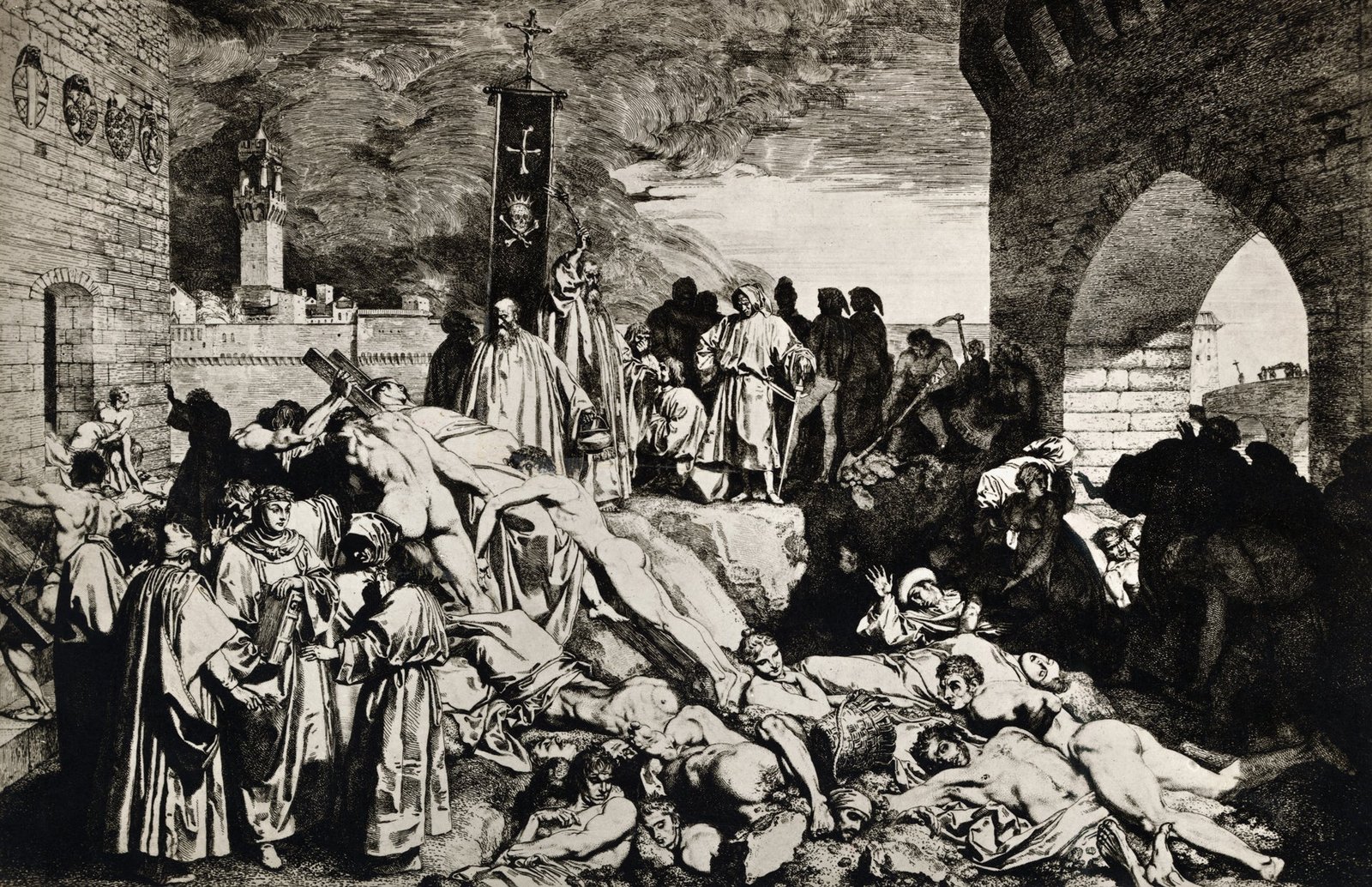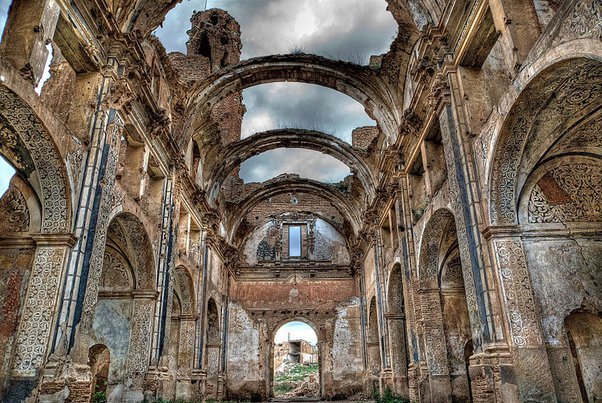
Ancient Churches Reopened After 650 Years.
The Black Death, a catastrophic pandemic that ravaged Europe in the mid-14th century, left a lasting mark on history. It claimed millions of lives, decimated communities, and led to the closure of many long-serving churches. Recently, Ancient Churches Closed by the Black Death Reopened After 650 Years, including those in Dode and Paddlesworth. These reopenings reconnect us with the past and highlight the resilience of the historic structures and their former communities.
Reopening of ancient Churches: A Tragic Turning Point.
The Black Death, which swept across Europe from 1347 to 1351, was one of the deadliest pandemics in human history. The plague, caused by Yersinia pestis and spread by fleas on rats, killed an estimated 25 to 30 million people. This was nearly a third of Europe’s population. The disease spread rapidly, bringing fever, chills, vomiting, and death to its victims, often within days of infection.
When ancient churches reopened after 650 years, the societal impact was profound. In the past, the Black Death decimated communities, crumbled economies, and upended the established social order. The church, once a central institution in medieval life, did not escape the devastation. As the plague claimed clergy and parishioners, communities abandoned, closed, or repurposed many churches. They sealed some entirely, leaving them to time’s ravages as silent witnesses to the devastation.
Dode Church: Reopening the church after 650 Years.

St. John the Baptist Church in Dode, Kent, is a notable example of a church affected by the Black Death. Originally built in the 12th century, it served as a focal point for the local farming community. However, when the Black Death struck, it decimated the village, leading the community to close and eventually abandon the church.
Dode never saw repopulation, and over the centuries, the church fell into disrepair. People partially dismantled the building, and the village faded from memory. However, in the 20th century, historians rediscovered the church and initiated restoration efforts. They completed the restoration of Dode Church in the 1990s, reopening it in 1995. Today, the church stands as a beautifully preserved example of medieval architecture, offering a glimpse into a bygone era. It also hosts weddings and other ceremonies, reconnecting with its historical role as a community hub.
Paddlesworth’s St. Oswald’s Church: From Ruin to Revival.

Another church that has a direct connection to the Black Death is St. Oswald’s Church in the small village of Paddlesworth, Kent. Like Dode, the plague severely impacted Paddlesworth, causing people to abandon much of the village and close its church. As the population dwindled and the village faded into obscurity, St. Oswald’s, a 12th-century structure, decayed.
St. Oswald’s Church largely faded from memory until late in the 19th and early 20th centuries, when local historians and conservationists rediscovered its history. They undertook a series of restoration efforts over the years to preserve what remained of the church’s structure. Finally, in 2023, after they completed extensive work to stabilize and restore the building, they officially reopened St. Oswald’s. The reopening ceremony was a significant event, drawing attention to the church’s rich history and its connection to the broader narrative of the Black Death.
The Restoration Process: Breathing New Life into Ancient Structures.

The reopening of these ancient churches is the culmination of years, and in some cases, decades of meticulous restoration work. Restoring buildings that have stood abandoned for centuries is no small task. It requires a careful balance between preserving the original structure and ensuring that the building is safe and functional for modern use.
The restoration process often begins with archaeological surveys to assess the condition of the building and to uncover any historical artifacts that may be present. In the case of Dode and Paddlesworth, these surveys revealed valuable insights into the lives of the medieval communities that once worshipped there. At both sites, archaeologists discovered human remains, likely those of plague victims, offering a poignant reminder of the churches’ tragic histories.
Structural repairs are a key part of the restoration process. Over the centuries, the walls of these churches had weakened, roofs had collapsed, and interiors had decayed. Restoration teams worked to stabilize these structures, often using traditional materials and techniques to maintain the historical authenticity of the buildings. At Dode Church, for example, restorers rebuilt the roof using locally sourced timber and carefully reinforced the original stone walls.
Another crucial aspect of restoration is the conservation of artwork and decorative elements within the church. St. Oswald’s Church in Paddlesworth, for instance, features intricate stone carvings and remnants of medieval frescoes. These elements were painstakingly restored by specialists, who worked to preserve their original appearance while protecting them from further damage.
The Significance of Reopening: Connecting Past and Present.

The reopening of Dode and Paddlesworth churches is more than just a historical event; it is a profound reconnection with our past. These churches are not merely buildings; they are living monuments to the communities that built and maintained them, to the faith that sustained them through dark times, and to the resilience of human societies in the face of adversity.
For the local communities, the reopening of these churches has special significance. They serve as symbols of local heritage, providing a tangible link to the past and a place for reflection and remembrance. The churches have once again become gathering places, fulfilling their original purpose as centers of community life. At Dode, for example, the church is now used for weddings and other celebrations, bringing new life to the ancient site.
The reopening also has broader implications for our understanding of history. These churches provide valuable insights into medieval society, particularly the impact of the Black Death on rural communities. The artifacts and architectural features preserved within these buildings offer clues about the religious practices, daily life, and social dynamics of the time.
Lessons for the Present: The Enduring Legacy of the Black Death.

The reopening of Dode and Paddlesworth churches is a reminder of the enduring legacy of the Black Death. As the world continues to grapple with the effects of modern pandemics, such as COVID-19 and fungal epidemic of africa these ancient churches serve as a testament to the resilience of communities in the face of catastrophic events. They remind us that while the challenges of the past were immense, they were not insurmountable, and that the human spirit can endure and rebuild even in the darkest of times.
Conclusion: A Journey Through Time.
Walking through the doors of Dode and Paddlesworth churches is like stepping back in time. These ancient buildings, once abandoned in the wake of a devastating pandemic, have been given new life. They stand as silent witnesses to the trials and triumphs of past generations, offering us a unique opportunity to connect with history in a tangible and meaningful way. As we explore these restored churches, we are reminded of the power of faith, community, and the enduring human spirit that can survive even the darkest chapters of history. To knowmore about the world and India visit our websites.




